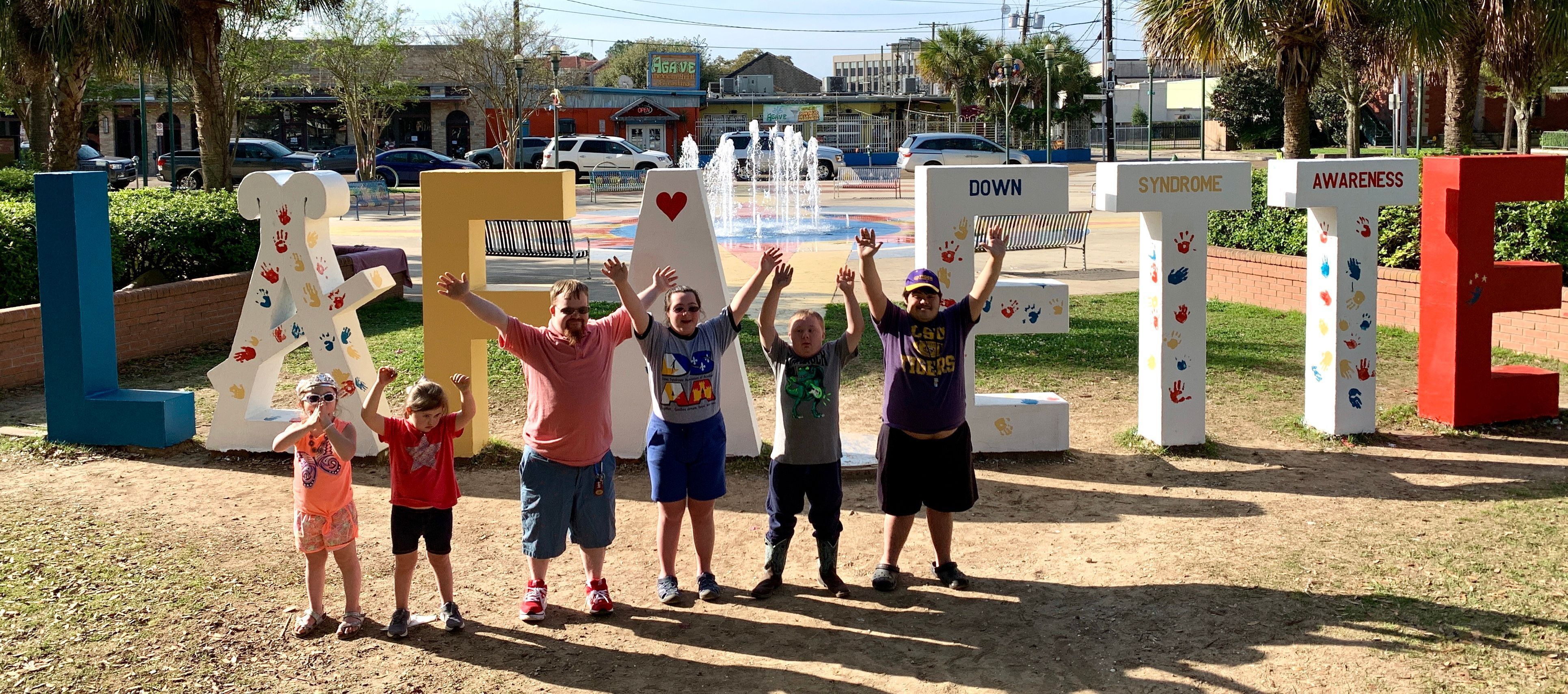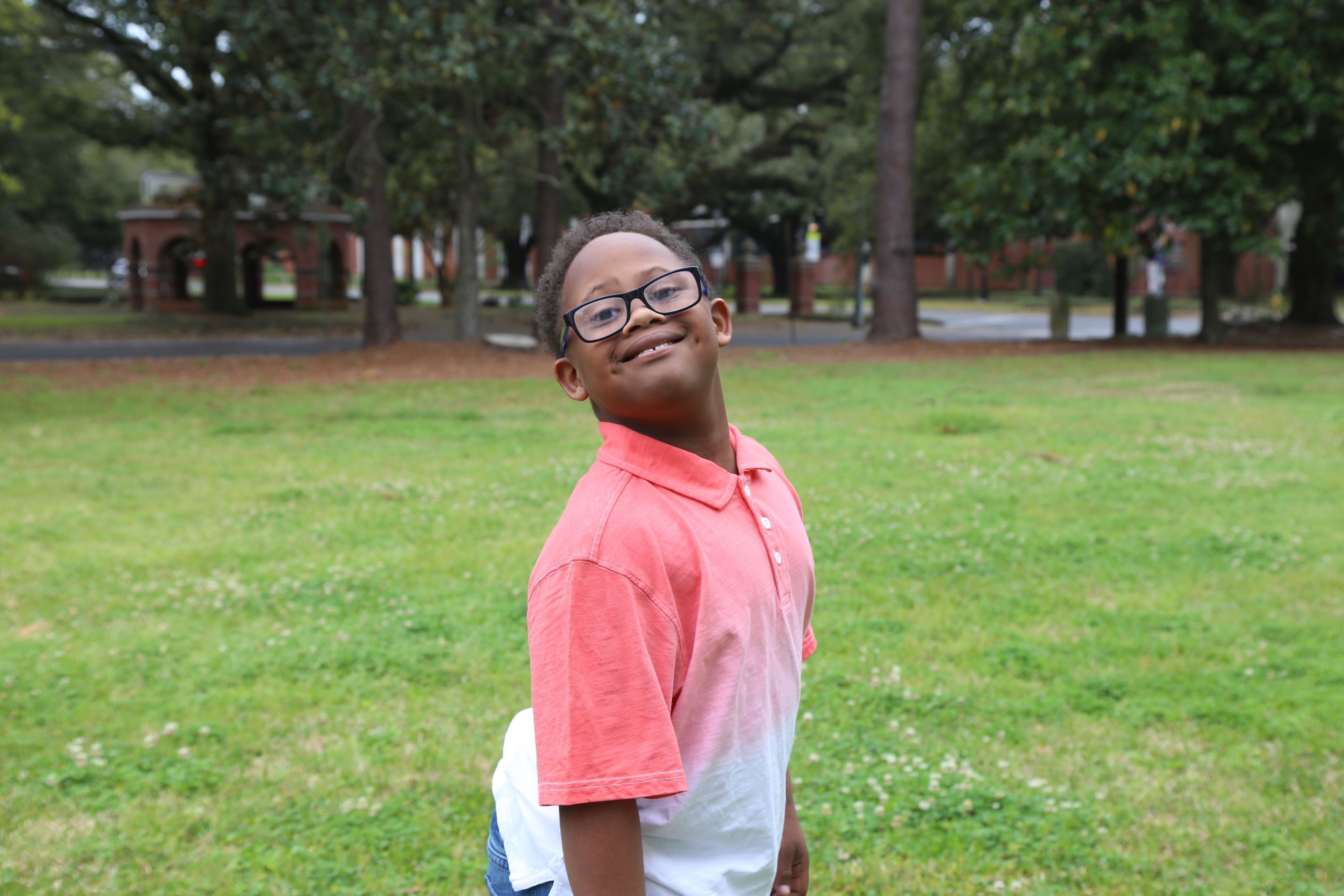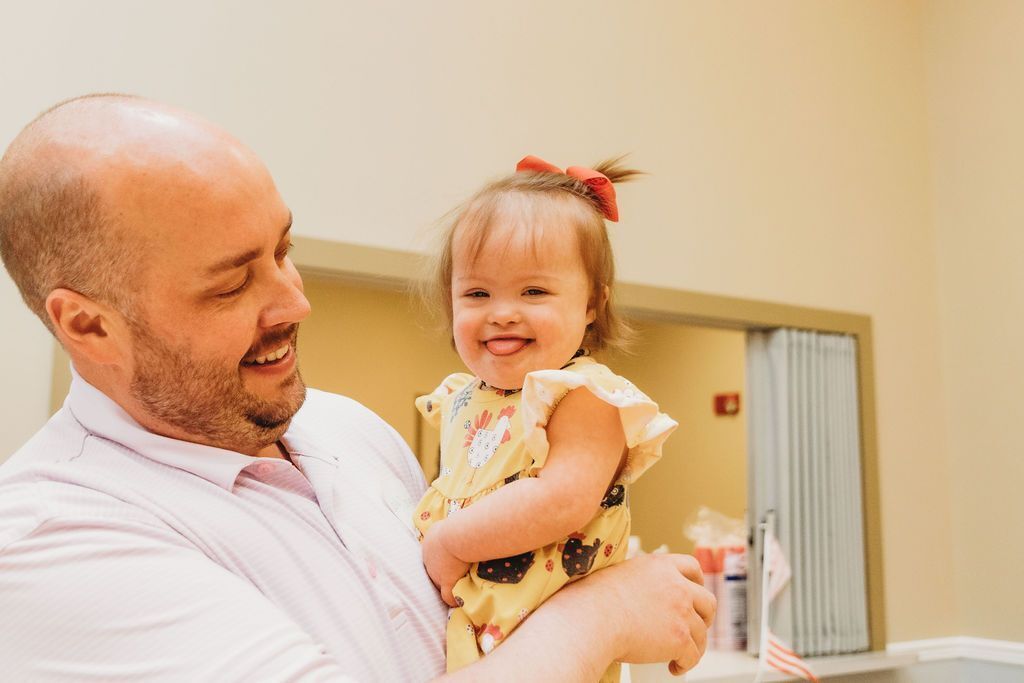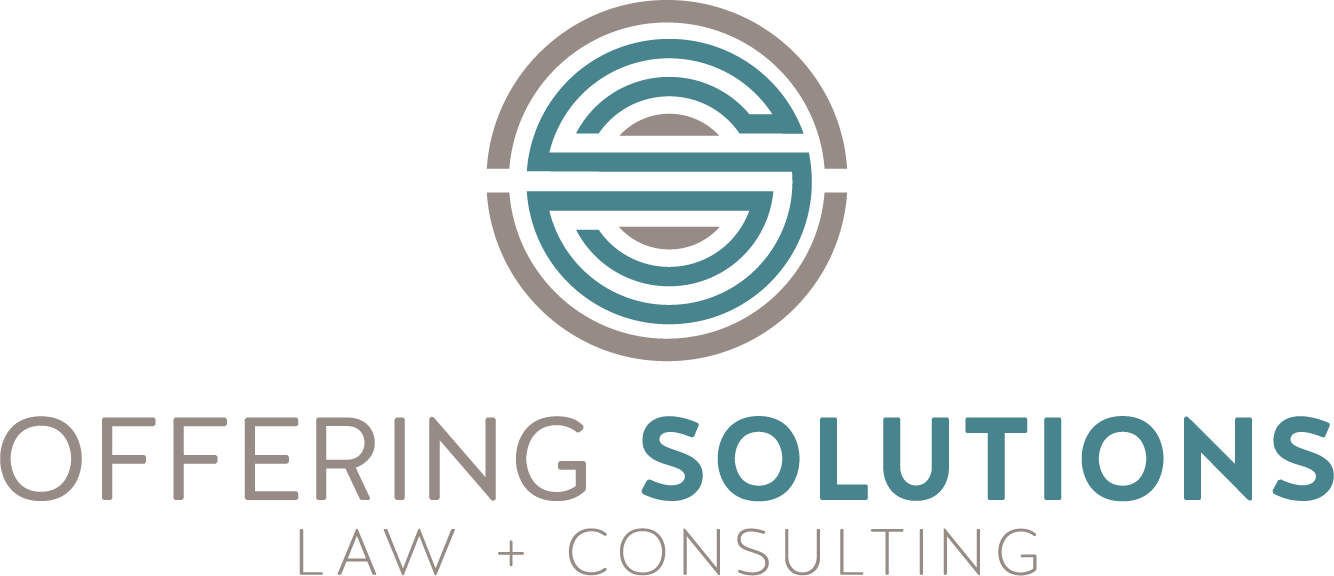Early intervention is one of the most important things you can do to help your child. Therapists provide services that are designed to improve the family’s capacity to enhance their child’s development. All children develop at their own pace and a therapist will be able to guide you and your child through all the developmental stages. Please speak with your doctor before beginning therapy.
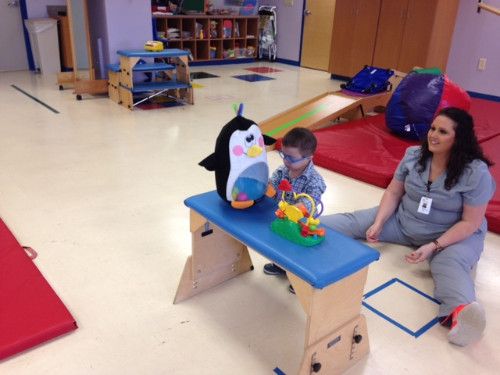
Physical Therapy
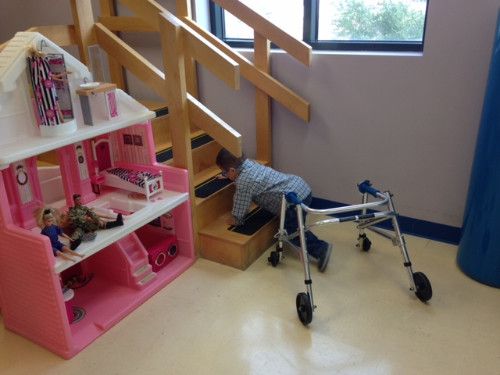
The goal of physical therapy for children with Down syndrome is to minimize the development of abnormal compensatory movement patterns that children are prone to developing due to a number of factors, including:
- Hypotonia: a state of low muscle tone
- Ligamentous laxity: loose ligaments
- Decreased strength
- Short arms and legs
According to Patricia C. Winders, states there is mounting evidence that children with Down syndrome do not learn in the same manner that typical children do. They have different style of assimilating information, and, therefore, the usual methods of instructions are less effective. The development of gross motor skills is the first learning task that the child with Down syndrome and his parents will face together. Early physical therapy makes a decisive difference in the long-term functional outcome of the child with Down syndrome.
Physical therapy services:
- Should be concerned with the child’s long-term functional outcome
- Should seek to minimize the development of compensatory movement patterns
- Should be based on a thorough understanding of the compensatory movement patterns that children are prone to develop
- Should be strategically designed to proactively build strength in the appropriate muscle groups so that the child develops optimal movement patterns
- Should focus on gait, posture, and exercise
Occupational Therapy
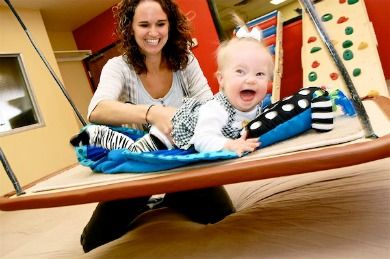
Occupational therapists who work with children have education and training in child development, neurology, sensory education, behavior modification, medical conditions, psychosocial development, and therapeutic techniques. An occupational therapist focuses on a child’s ability to master skills for independence and minimize boundaries. This can include:
- Self-care skills (feeding, dressing, grooming, etc.)
- Fine and gross motor skills
- Skills related to school performance (e.g., printing, cutting, etc.)
- Play and leisure skills
- Address sensory needs
Speech Therapy

Speech therapist can help children with speech. Speech involves coordinating breathing, voice, and rapid and precise movements of the lips, tongue, palate, and jaw. We use the same structures and muscles for speech that we also use for breathing, eating, drinking, blowing bubbles, and making clicking, popping, and “throwing a kiss” sounds. Through feeding and play, speech therapist can begin to work early on some of the same skills and movements that your child will need to speak.
Speech therapy promotes:
- Listening
- Interaction
- Feeding/strengthening muscles
- Stimulate language
- Communication techniques

